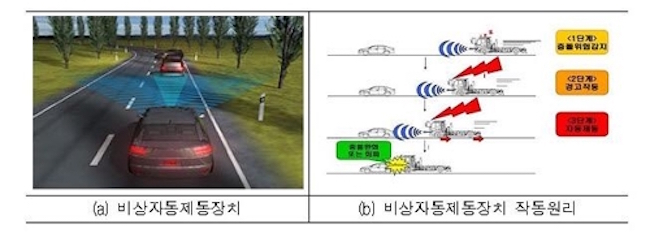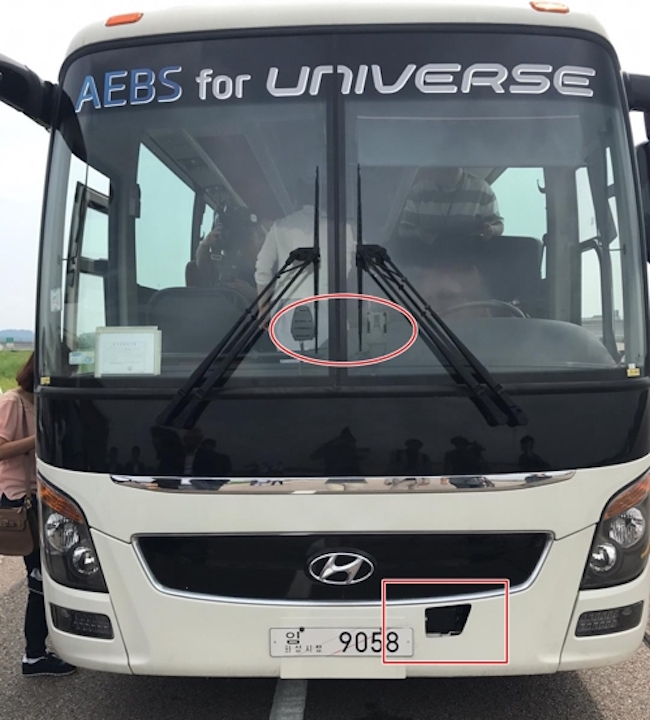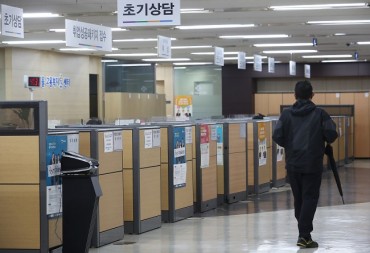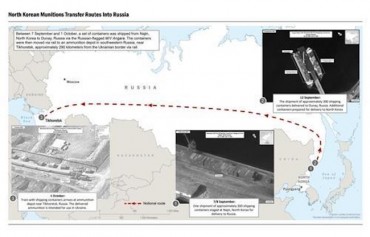
To reduce accidents stemming from nodding off at the wheel, the Ministry of Land, Infrastructure and Transport announced it would help foot the bill for long-distance bus operators to install AEBS (Advanced Emergency Braking System) technology. (Image: Yonhap)
SEJONG, March 8 (Korea Bizwire) — To reduce accidents stemming from nodding off at the wheel, the Ministry of Land, Infrastructure and Transport announced it would help foot the bill for long-distance bus operators to install AEBS (Advanced Emergency Braking System) technology.
The promise of subsidies, a follow-up measure to the ministry’s plan for curbing drowsy driving among commercial vehicles announced last July, could cover as much as 50 percent of the installation costs.

An integrated AEBS automatically brakes when its sensors detect the distance to the vehicle ahead is lower than a specified threshold and is likely to result in a collision. (Image: Yonhap)
An integrated AEBS automatically brakes when its sensors detect the distance to the vehicle ahead is lower than a specified threshold and is likely to result in a collision. The AEBS either brings its host vehicle to a complete halt or lowers the shock absorbed should an accident occur.
Following a string of casualties from drowsy driving-related accidents last year, the government mandated long-distance buses be equipped with advanced driver assistance technology including AEBS, LDWS (Lane Departure Warning System) and others starting this year.
As the cost of the new equipment – 5 million won for AEBS and 500,000 won for LDWS – places an onerous financial burden on transport companies, the government has earmarked 2.1 billion won in AEBS subsidies for 1,700 buses this year, with a goal of having assisted 7,300 vehicles by 2022.
Long-distance bus companies that replace an older vehicle with a new bus equipped with AEBS will be eligible for up to 2.5 million won in subsidies per bus. Only purchases made after January of this year will be considered eligible.
Used or secondhand bus purchases are not eligible for subsidies, as the estimated costs of installing AEBS technology on these vehicles have been judged as too steep.
Lina Jang (linajang@koreabizwire.com)








I think this is an informative post and it is very useful and knowledgeable. I really enjoyed reading this post.
This is really necessary. Urban transport is now a difficult issue to solve. Bus drivers are under great pressure